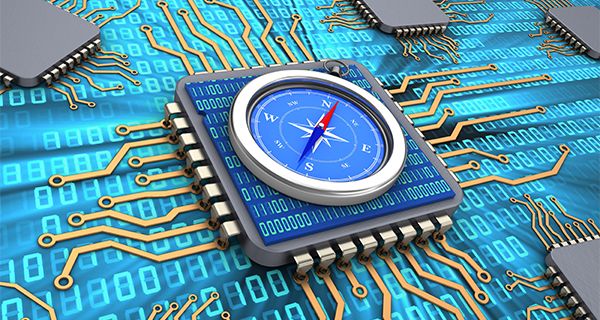As part of the history of semiconductors, these devices are responsible for the rapid growth of the electronics industry over the last 50 years.
To Understand: Semiconductors perform a wide variety of functions within electronic products and systems, including data processing, sensing, information storage, and conversion or control of electronic signals.
Semiconductors vary significantly depending on the specific function or application of the end product in which the semiconductor is used and the customer that implements it.
Semiconductors also vary in a number of technical characteristics, including the degree of integration, the level of customization, the programmability, and the process technology used to manufacture the semiconductor.
History of semiconductors
Tower Cemiconductor Ltd, an independent pure-play specialty foundry company dedicated to the manufacture of semiconductors, describes the history of semiconductors as follows.
First, a parenthesis: In general, pure-play foundries do not offer their own products, but instead focus on producing integrated circuits, according to the design specifications of their customers.
Semiconductors are critical components in a variety of applications, from computers, consumer electronics, and communications, to industrial, military, medical, and automotive applications.
Rapid changes in the semiconductor industry often make recently introduced devices and applications obsolete in a very short period of time.
With the increase in performance and the decrease in size and the consequent decrease in costs, the use of semiconductors and the number of their applications has increased significantly.
Intel and Samsung
Historically, the semiconductor industry was comprised primarily of companies that designed and manufactured integrated circuits in their own manufacturing facilities.
These companies, such as Intel and Samsung, are known as embedded device manufacturers (IDM).
In the mid-1980s, factory-less IC companies began to emerge, focusing on IC design and using off-site manufacturing capacity.
Companies without factories initially outsourced production to IDM, which met this need through its spare capacity.
As the semiconductor industry continued to grow, increasing competition forced factory-less companies and IDMs to seek reliable and dedicated sources of integrated circuit manufacturing services.
Using off-site manufacturing capacity enabled IDMs to reduce their investment in their existing and next-generation process technologies and manufacturing facilities.
This need for external manufacturing capacity led to the development of independent companies, known as foundries, which are primarily focused on providing integrated circuit manufacturing services to semiconductor suppliers.
Foundry services are used by almost all of the world’s leading semiconductor companies, including IDMs, as part of a dual source, risk diversification and profitability strategy.
Competence
Semiconductor vendors face a growing demand for new products that provide higher performance, greater functionality, and smaller form factors at lower prices, all features that require increasingly complex integrated circuits. The industry has seen a dramatic increase in the number of applications that incorporate semiconductors.
Additionally, to compete successfully, semiconductor vendors must minimize the time it takes to bring a product to market.
As a result, factoryless companies and IDMs have become more focused on their core competencies, design and IP development, and tend to outsource manufacturing to foundries.
The two basic functional technologies for semiconductor products are digital and analog.
Digital semiconductors provide critical processing power and have helped enable many of the computing and communication advancements of recent years.
For their part, analog semiconductors monitor and manipulate real-world signals, such as sound, light, pressure, motion, temperature, electrical current, and radio waves, for use in a wide variety of electronic products, such as digital cameras, applications medical X-rays, flat screens, personal computers, cell phones, telecommunications equipment, consumer electronics, automotive electronics, and industrial electronics.
Analog-digital or mixed-signal semiconductors combine analog and digital devices on a single chip that can process both analog and digital signals.
Combination
Integrating analog and digital components into a single mixed-signal semiconductor enables the development of smaller, more highly integrated, more energy-efficient, feature-rich, and cost-effective semiconductor devices, but presents significant design and manufacturing challenges.
For example, combining high-speed digital circuits with sensitive analog circuits in a single mixed-signal semiconductor can increase electromagnetic interference and power consumption, both of which cause more heat to dissipate and decrease the overall performance of the device. semiconductor.
The challenges associated with designing and manufacturing mixed-signal semiconductors are increasing as the industry moves toward more advanced process geometries.
As a result, mixed-signal and analog semiconductors can be complex to manufacture and typically require sophisticated design expertise, strong application-specific expertise, and a comprehensive portfolio of intellectual property.
Additionally, today’s analog market is largely driven by increasing sensitivity to environmental requirements, such as energy conservation and human well-being.
![]()

